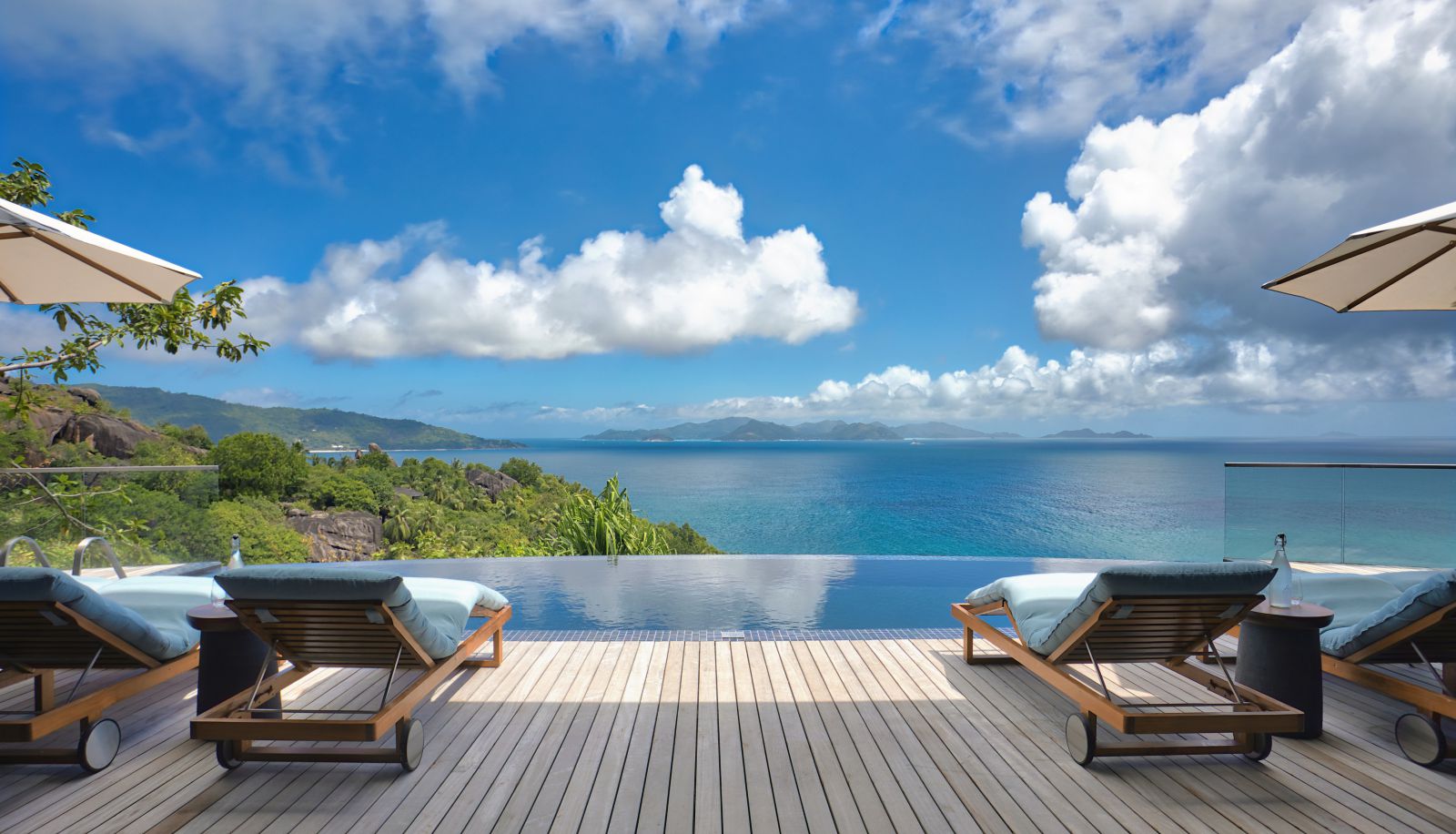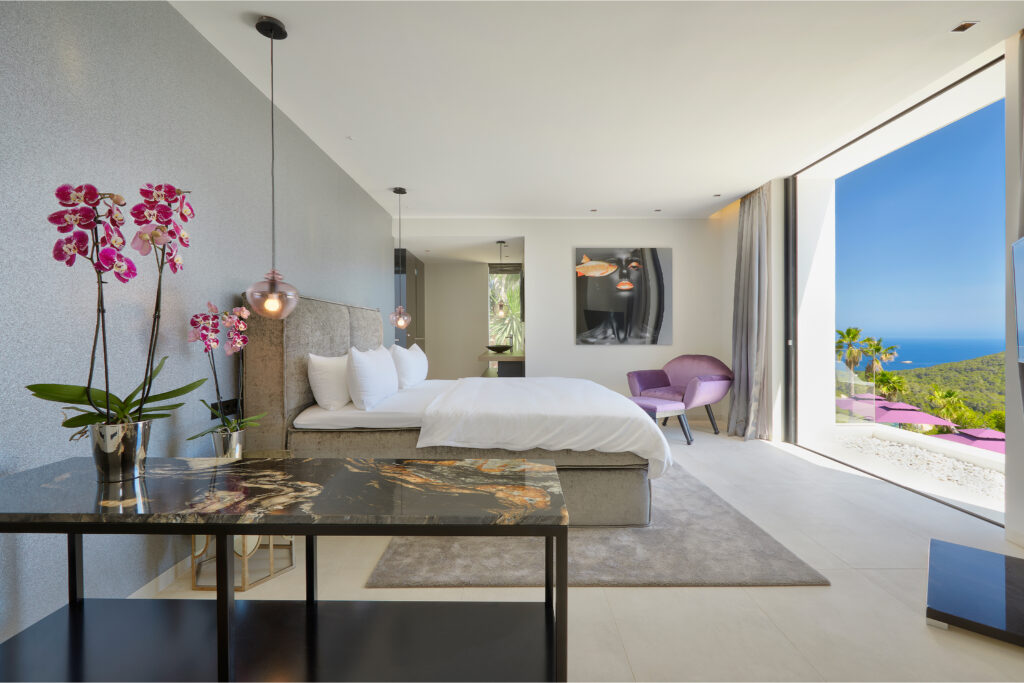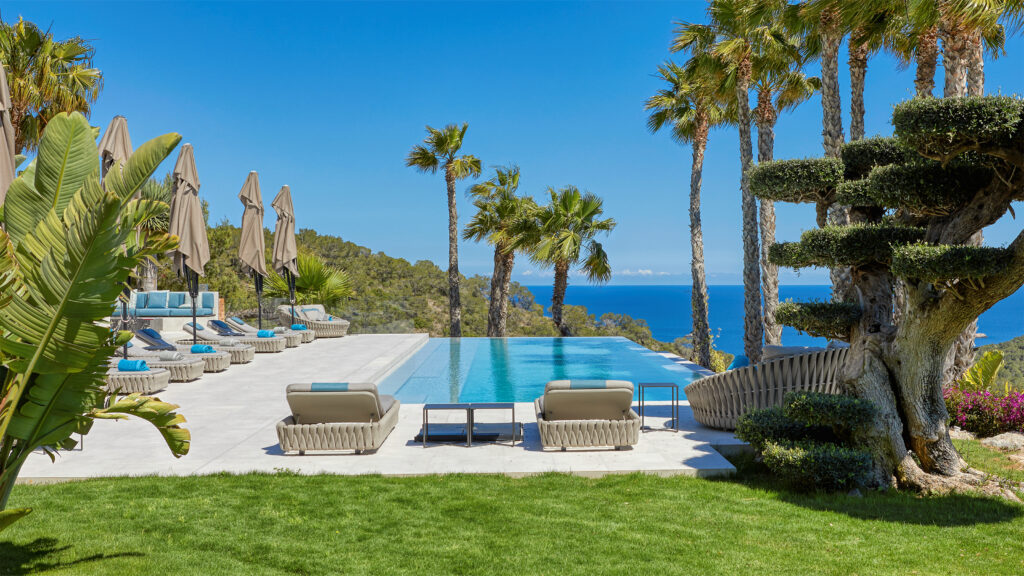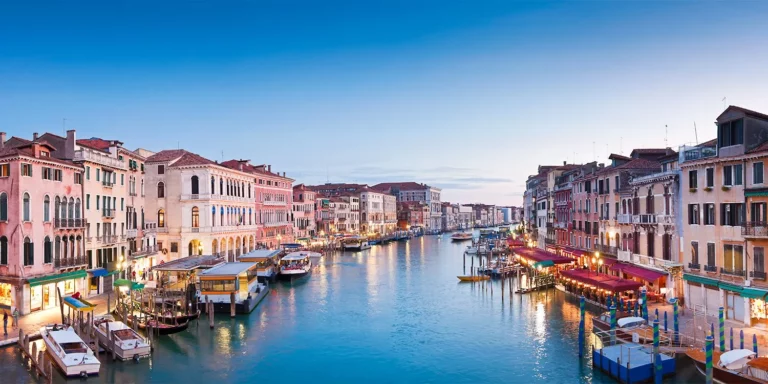“Wait, You Can Do That?”
Challenge Us with Questions
Planning the perfect stay The real conversations rarely start with “How many...
Read more
In the luxury villa market, minimum stay requirements are commonly used to support smooth property management and deliver a high-end guest experience.
These rules typically require a full week’s stay or, in some cases, a minimum of two to three nights. However, during high-demand periods such as the festive season in the Caribbean or at exclusive properties in places like the South of France, the minimum stay may extend to 14 nights or more.
Such policies help reduce frequent turnovers, preserve a sense of exclusivity, and cover the operational costs associated with maintaining luxury standards. Since these villas often cater to high-net-worth individuals seeking longer, more private escapes, extended stays have become the norm.

Flexibility, however, varies by destination. Prime locations like St Barths tend to enforce tighter rules, while recently discovered gems such as Croatia, including exceptional properties like Lopud 1483, may allow shorter stays depending on availability, with some accepting as few as four nights even during summer months.
When you are staying somewhere that comes with a private chef, a wine cellar, and Egyptian cotton sheets, there is a lot that goes into preparing the property between guests.
This includes deep cleaning with specialised products, completely refreshing all the premium amenities, and ensuring every detail meets five-star standards.

Some villas also implement unique check-in and check-out requirements to maintain this level of service. Isla Sa Ferradura, for example, does not permit same-day changeovers, giving staff a full day to prepare the property to exacting standards.
Beyond the practical side, these policies protect the experience you are paying for. Imagine trying to truly unwind in a £10,000-per-night villa if you had booked only two nights.
You would barely have time to figure out how the infinity pool works, let alone enjoy that private yacht charter or wine tasting your concierge arranged.
You’re reading just a part – dive into the whole story.
Here is where it gets interesting. During peak seasons, properties can be quite strict about minimum stays. Think Christmas in the Caribbean or summer in the French Riviera – these are times when demand far exceeds supply.
Properties know they can fill those weeks with guests willing to commit to longer stays.
But during shoulder seasons, that is when you might find some flexibility. Different locations have different shoulder seasons. A villa in Tuscany that requires two weeks in August might be happy to accommodate a long weekend in November. The key is understanding when these windows open up.

Work with us to match your travel dates to the villa’s stay requirements, seamlessly.
Some destinations have built their reputation on exclusivity and stick to it year-round. St Barths is famous for this, with many properties maintaining strict minimum stay requirements regardless of season.
On the other hand, emerging luxury destinations like Croatia or certain parts of Portugal’s coast are still building their luxury reputation. Lopud 1483, a restored 15th-century monastery turned luxury retreat on a quiet Croatian island, can accommodate stays of less than a week.
By offering this flexibility, the property appeals to travellers seeking a shorter escape, while also reflecting a broader trend in developing markets where shorter minimum stays are used as a way to attract discerning guests, especially outside peak season.
Let us be honest about the costs involved. Every time guests change over, there is a significant expense. Professional cleaning teams, complete linen replacement, restocking everything from champagne to artisanal soaps, and full property inspections all add up quickly.
Longer stays help spread these costs and allow properties to maintain those luxury standards without compromising on quality.
There is also the revenue stability factor. Longer stays provide guaranteed occupancy and reduced operational complexity, which is why properties can maintain their premium positioning.
If you are flexible with timing, you can often find opportunities for shorter stays during shoulder seasons. Booking well in advance sometimes gives you access to properties that might have slightly more flexible policies, especially if you are a repeat client.
Some properties may occasionally have gaps in their calendar close to arrival dates, though this is rare with top-tier villas as they typically book months in advance.

Large group bookings for special events like weddings may have different considerations, though minimum stay requirements typically remain consistent.
The luxury villa market continues to evolve, with properties increasingly focused on delivering exceptional experiences rather than just accommodation. This trend supports longer minimum stays as both properties and guests recognise the value of extended, immersive experiences.
There is also a growing focus on sustainability, with some properties extending minimum stays to reduce their environmental impact from frequent turnovers and guest transportation.

Minimum stay policies are not just arbitrary rules, they are part of what makes luxury villa experiences truly luxurious. Understanding them helps you plan better and often find opportunities for more flexible arrangements.
The key is matching your travel timeline with the right destination and season, while keeping in mind that these policies ultimately protect the quality of experience you are investing in.
Working with experienced agents who understand these nuances can make all the difference in finding the perfect villa with terms that work for your schedule.
Let’s talk! Schedule a personalised video call with our team to discuss your questions.

“Wait, You Can Do That?”
Planning the perfect stay The real conversations rarely start with “How many...
Read more
Venice Art Biennale 2024
Exploring Venice during the renowned Venice Art Biennale, which takes place from 20th April...
Read more
Ultimate Guide
Drawing on insights from our in-house specialists and data analysis, it’s designed...
Read more